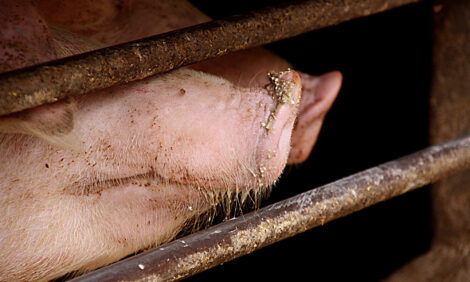



Supply and demand may drive Brazil pork prices in 2023
ABPA forecasts a 12% increase for pork exportsDespite global economic uncertainties, companies within Brazil's swine sector expect an increase this year, according to a market report from CEPEA. The projection is based on the possibility of firm demand in both domestic and international markets.
The Focus Survey, released by Brazil’s Central Bank in early January indicates that the national GDP may increase by only 0.8% this year and that inflation is projected to hit 5.31%. According to the report, this could lower purchasing power, which can, in turn, could boost domestic demand for pork, as it is more competitive than other meats.
Currently, Brazilian pork is more competitive than both beef and chicken meat. Data from Cepea indicates that, in 2022, prices for the special pork carcass traded in the wholesale market of the Greater São Paulo decreased 6% in relation to 2021, in nominal terms. Beef carcass and chilled chicken values, in turn, rose by 3% and 6% in the same period.
The USDA estimates Brazilian exports may increase 2.7% from 2022 to 2023. ABPA (Brazilian Association of Animal Protein), in turn, forecast an increase of 12%, with exports likely hitting 1.25 million tons this year.
As for the pork production, Cepea estimates a possible increase of 3.3% in Brazil between 2022 and 2023, at 5.4 million tons. Concerning the number of slaughtered animals, it is expected to increase 4.5% in 2023, reaching 58.9 million animals.
High production costs, however, may continue to pressure Brazilian swine producers' margins. This is especially true for those who operate in the independent market. Despite the possible increase of corn and soybean meal supply in Brazil, prices of these inputs that are largely used in animal nutrition are likely to continue at high levels, because of uncertainties referring to global supply and demand.







